How to Set Up an Art Studio on a Budget
Introduction As an artist, creating a dedicated workspace can greatly enhance your creative process and allow you to work more efficiently. However, setting up a home studio can be an expensive endeavour, and many artists may feel discouraged by the high costs of equipment and supplies. But fear not! In this article, we will guide you through the process of creating an affordable home studio that fits your unique artistic style. We will cover everything from selecting the right space to outfitting it with the necessary tools and supplies, all while keeping costs in mind. So, whether you’re a painter, sculptor, or mixed media artist, this article is for you! With our tips and recommendations, you’ll be able to set up a comfortable and functional home studio that inspires your creativity without breaking the bank. Understanding Your Art Style Before setting up your home studio, it’s important to understand your art style. Knowing your preferred medium, techniques, and subject matter will help you choose the right materials and equipment, as well as set up your workspace in a way that suits your needs. There are many different art styles out there, from traditional to contemporary, realistic to abstract, and everything in between. Each style has its own unique characteristics, and it’s important to find the one that resonates with you and your artistic vision. Self Assessment To help you understand your art style, ask yourself the following questions: Really try and answer these questions, as you’ll gain a deeper understanding of your artistic preferences and be better equipped to create a home studio that supports your creative process. Setting Up Your Home Studio Space Now that you have a better understanding of your art style, it’s time to set up your home studio space. The first step is to choose the location for your studio. Whether you have a spare room or a small corner in your living room, it’s important to find a space that you can dedicate to your art. Once you’ve found the right location, it’s time to start thinking about the layout of your studio. Your workspace should be comfortable and functional, with plenty of natural light and good ventilation. It’s important to consider your posture and ergonomics when setting up your space to avoid discomfort or injury. Set Up Tips Here are some tips for setting up your home studio space: Remember, your home studio doesn’t have to be perfect. Focus on creating a space that’s comfortable and functional for your needs, and you’ll be on your way to creating your best work yet. Essential Equipment for Your Home Studio Now that you have your space set up and organised, it’s time to consider what essential equipment you will need for your home studio. The good news is that you don’t need to break the bank to get started. In fact, you can find a lot of affordable equipment that will work just as well as their more expensive counterparts. The Essentials Here are some key pieces of equipment to consider: Drawing and painting materials: Depending on your medium, you’ll need to stock up on the necessary supplies. For example, if you’re a painter, you’ll need brushes, paint, and canvas. If you’re a sketch artist, you’ll need pencils, paper, and erasers. Look for deals on bulk supplies and shop around for the best prices. Easel: A good easel is a must-have for any artist. It will hold your canvas or paper at the perfect angle and height, allowing you to work comfortably for long periods of time. Consider investing in a sturdy, adjustable easel that will last you for years. Lighting: Proper lighting is crucial for any artist, especially if you’re working with colours. Make sure your studio space is well-lit and invest in some adjustable lighting so you can control the brightness and direction of the light. Table or desk: If you’re working on smaller projects or using a computer, a desk or table is essential. Look for something sturdy with enough surface area for your equipment and supplies. Storage: Keeping your supplies organised and easily accessible is key to a productive studio space. Consider investing in some shelves, drawers, or storage containers to keep your materials organised and easy to find. Digital tools: Depending on your art style, you may need digital tools such as a graphics tablet or a computer with a design software. These can be expensive, but there are affordable options available as well. Remember, you don’t need to have all the latest and greatest equipment to get started. Invest in the essentials and upgrade as needed over time. And don’t forget to shop around for the best prices and deals! Sourcing Affordable Supplies Now that you have your home studio space set up and your equipment in place, it’s time to think about the supplies you’ll need to create your art. Supplies can be expensive, but there are many ways to source affordable materials that won’t break the bank. Bulk buyingOne of the best ways to save money on art supplies is to buy in bulk. Many art supply stores offer discounts when you buy larger quantities of certain items. For example, you can buy a pack of 10 canvases for a much lower price per unit than if you were to buy them individually. Look for bulk deals on paints, brushes, and other materials to save money. Shop onlineShopping online for art supplies is a great way to find deals and save money. Many online retailers offer discounts and sales on art supplies, and you can often find a wider selection of products than you would in a physical store. Be sure to compare prices across different retailers to make sure you’re getting the best deal. Second-hand storesDon’t overlook second-hand stores when it comes to sourcing art supplies. Thrift stores, garage sales, and online marketplaces like Craigslist and Facebook Marketplace can be great places to find affordable supplies. Look for gently used or even new items that





